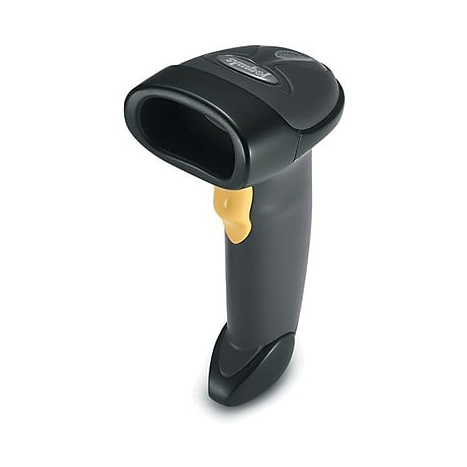

- #Zebra barcode maker manual#
- #Zebra barcode maker software#
- #Zebra barcode maker code#
- #Zebra barcode maker professional#
Please discuss this issue on the talk page and edit it to conform with Wikipedia's Manual of Style. This article duplicates the scope of other articles, specifically Universal Product Code#History. Other systems have made inroads in the AIDC market, but the simplicity, universality and low cost of barcodes has limited the role of these other systems, particularly before technologies such as radio-frequency identification (RFID) became available after 1995. QR codes, a specific type of 2D barcode, have recently become very popular due to the growth in smartphone ownership.
#Zebra barcode maker code#
The first scanning of the now-ubiquitous Universal Product Code (UPC) barcode was on a pack of Wrigley Company chewing gum in June 1974 at a Marsh supermarket in Troy, Ohio, using scanner produced by Photographic Sciences Corporation. Their use has spread to many other tasks that are generically referred to as automatic identification and data capture (AIDC). Laurer's barcode, with vertical bars, printed better than the circular barcode developed by Woodland and Silver. The Uniform Grocery Product Code Council had chosen, in 1973, the barcode design developed by George Laurer. īarcodes became commercially successful when they were used to automate supermarket checkout systems, a task for which they have become almost universal. The project was abandoned after about ten years because the system proved unreliable after long-term use. The plates were read by a trackside scanner, located for instance, at the entrance to a classification yard, while the car was moving past. Two plates were used per car, one on each side, with the arrangement of the colored stripes encoding information such as ownership, type of equipment, and identification number. Developed by General Telephone and Electronics (GTE) and called KarTrak ACI (Automatic Car Identification), this scheme involved placing colored stripes in various combinations on steel plates which were affixed to the sides of railroad rolling stock. An early use of one type of barcode in an industrial context was sponsored by the Association of American Railroads in the late 1960s.

UK magazine 'Modern Railways' December 1962 pages 387-389 record how British Railways had already perfected a barcode-reading system capable of correctly reading rolling stock travelling at 100mph with no mistakes but the system was abandoned when privatisation of the railways took place. However, it took over twenty years before this invention became commercially successful. The invention was based on Morse code that was extended to thin and thick bars. The barcode was invented by Norman Joseph Woodland and Bernard Silver and patented in the US in 1951.
#Zebra barcode maker software#
A mobile device with an inbuilt camera, such as smartphone, can function as the latter type of 2D barcode reader using specialized application software (The same sort of mobile device could also read 1D barcodes, depending on the application software). 2D barcodes can also be read by a digital camera connected to a microcomputer running software that takes a photographic image of the barcode and analyzes the image to deconstruct and decode the 2D barcode. 2D barcodes can be read using purpose-built 2D optical scanners, which exist in a few different forms. Later, two-dimensional (2D) variants were developed, using rectangles, dots, hexagons and other patterns, called matrix codes or 2D barcodes, although they do not use bars as such. These barcodes, now commonly referred to as linear or one-dimensional (1D), can be scanned by special optical scanners, called barcode readers, of which there are several types. Initially, barcodes represented data by varying the widths and spacings of parallel lines.
#Zebra barcode maker professional#


 0 kommentar(er)
0 kommentar(er)
